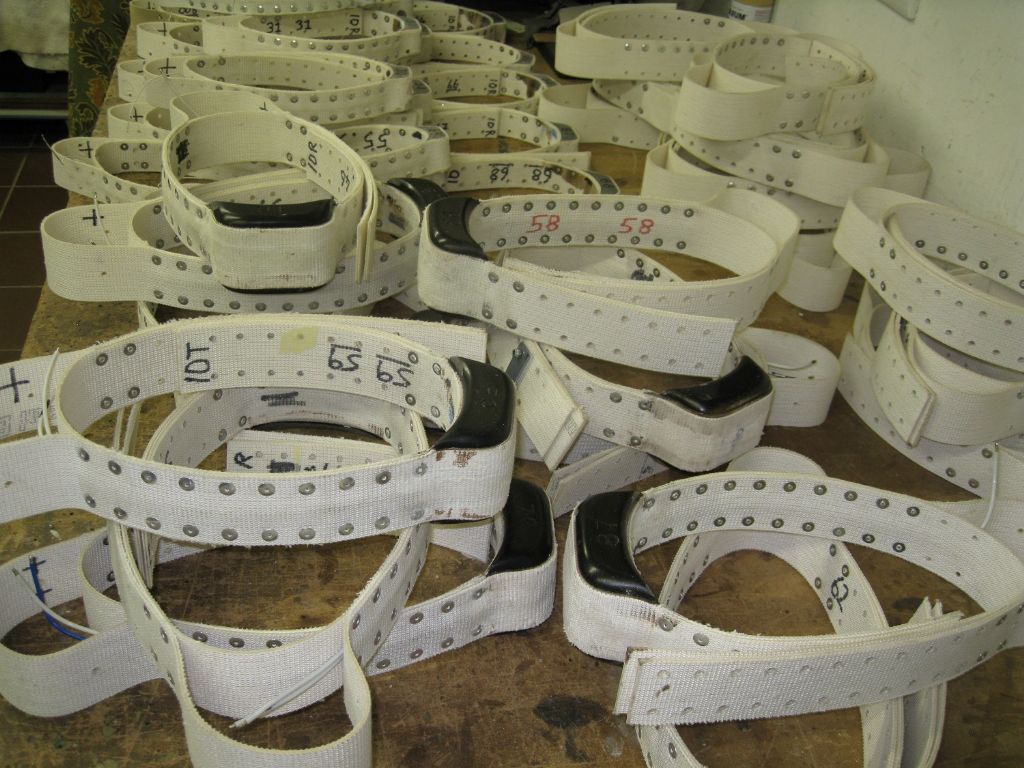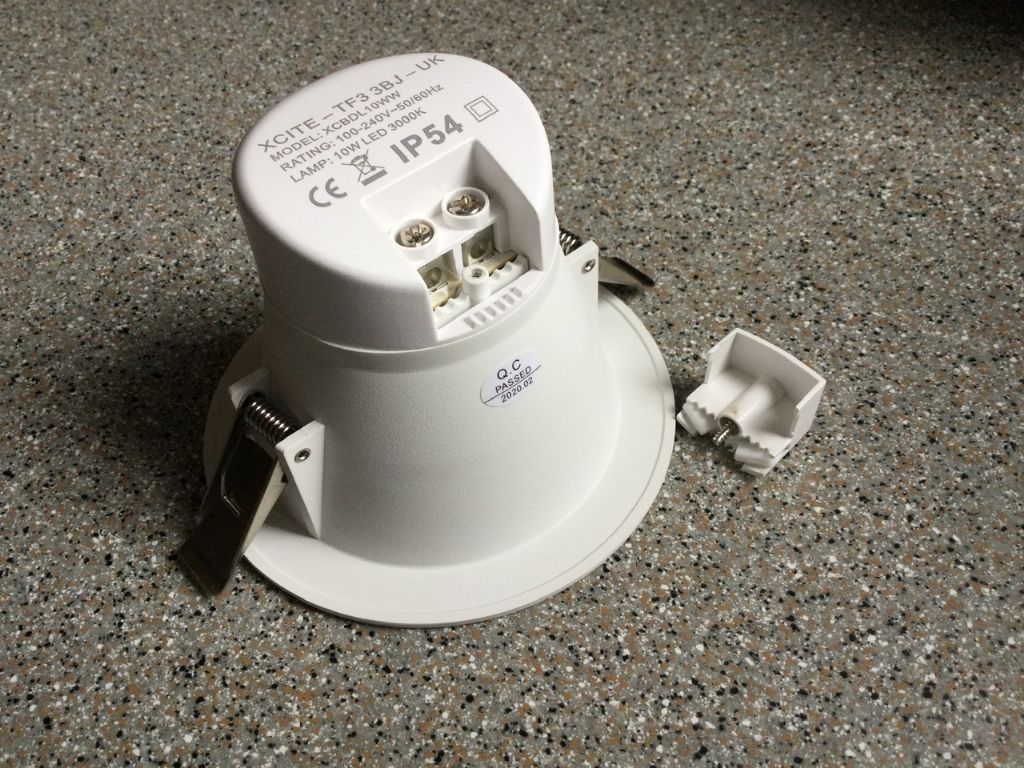Well, starting yesterday evening but going on to gone 3 a.m.
Finished assembling the steam-wagon's smoke-box.
~~~~~
Became absorbed in a "driver's-eye" railway video, Voss to Oslo.
This is not the right link but opens the general area:
The video lasts about three and a half hours, with some station and loop waits edited. Norway's railways are mostly single-track, even from Oslo to Trondheim and onto to Bodø.
It was made 4 years ago, it said, and on a rather gloomy and sad Autumn day. Plenty of snow and ice on the mountains but not as we ran down-hill from, I think, the Hardangervidda plateau.
Our train, from Bergen, stopped at few places past Voss: Gol, Drammen, one or two others nearer "Oslo S." I think 'S' means "Sentrum" ('Central' ). Some other stations look very closed and forlorn.
I was struck by there being more tunnels the further away from the big hills! None among the mountains, more numerous lower down the major valley to Drammen.
I was very impressed by the length and complexity of the tunnels between Drammen and Oslo – with cross-overs and even junctions inside them. Even a brightly-lit, busy station in one.
Signals stopped us in one tunnel, for a train approaching from one of the subterranean junctions. Our driver switched his main headlights off to help the other; but had also slowed us to a crawl far enough back to avoid needing stop completely. I wondered if that continual movement was to avoid alarming the passengers.
By then I was beginning to understand the signals' static and flashing greens as well as amber and red. The signal lamps seem smaller and less intense than on Britain's railways.
I expected we'd stop in Oslo S, and I could turn the computer off and go to bed.
Wrong! The title is [i]Voss to Oslo and Beyond. [/i]
"Beyond" was the depot – passing a parked Flamsbahnen train – and into the big servicing shed. The train would have been there for some while but the video was edited, because we soon moved on, to stop in a tunnel where we walked through the train to the other end cab, to take it back out to the sidings.
I won't give the rest away!
.
No shot of the driver and a "Tewsen Takk", (lit. "Thousand Thanks" ) which would have been nice. Possibly the driver himself (or herself) was the camera-operator, clipping it to the console. The view is central to the track and I don't know if the class used has a second cab seat.
This in a series made by a "Traincowgirl". I don't know if she was in the cab all that time. I would be very surprised she'd be allowed alight within a running-shed track fan. Yet we'd started "on the cushions" with a passenger's view of the passing snowy countryside, then walked with camera along the Voss platform to the cab. (Driver change?)
There are captions, no speech apart from hearing a short muffled conversation, probably driver and guard.
'
I couldn't help comparing their slender, simple electrical overheads supports, in this land of severe Winters, with those massively over-engineered versions near Bristol. The structures in the North of England are very similar to the Norwegian ones, and obviously work, so what is different about the railways in the SW English sub-tropics?
The attraction for me? Partly a love of Norway and Northern anyway; with memories of many caving expeditions to mid-Norway, well North of Trondheim. Voss holds a key road-junction for driving inland from Bergen.
@@@@
Then today?
A lovely Radio 4 programme, visiting the Taylor bell-foundy in Loughborogh.
It talked about the museum but nothing about opening times or visiting.
Casting: loam moulds, slow cooling develops a coarse grain for better tone. Tuning: helped by a "computer" I took as running a spectrum-analyser programme.
Also the casting in the 1880s, of the 17-ton tenor bell in St. Paul's Cathedral. That done, it took two traction-engines, fore-and-aft of a purpose-built trolley, 11 days to move it to London; and there Royal Engineers' expertise, blocks-and-tackle and lots of muscle to take it into the church and lift it into the tower. Then a string of repair bills for the damaged roads and bridges.
The oddest contract must have been a bell they made for the AC/DC rock band's tour, using in their Hell's Bells number.
'
This afternoon….
A little light CAD!
Cardboard Aided Design, that is.
A deflector from a food carton to experiment with aiming the air from the vent on my car's dashboard, to clear the side window in front of the external mirror. Presently it blows anywhere but.
Measuring all those compound curves and angles and plotting a development would be impossible. So cut, tape on, test, a card template for a thin sheet-plastic version.
I don't use the car every day so it may take a while.
Edited By Nigel Graham 2 on 08/12/2022 19:55:23
 JasonB.
JasonB.



















